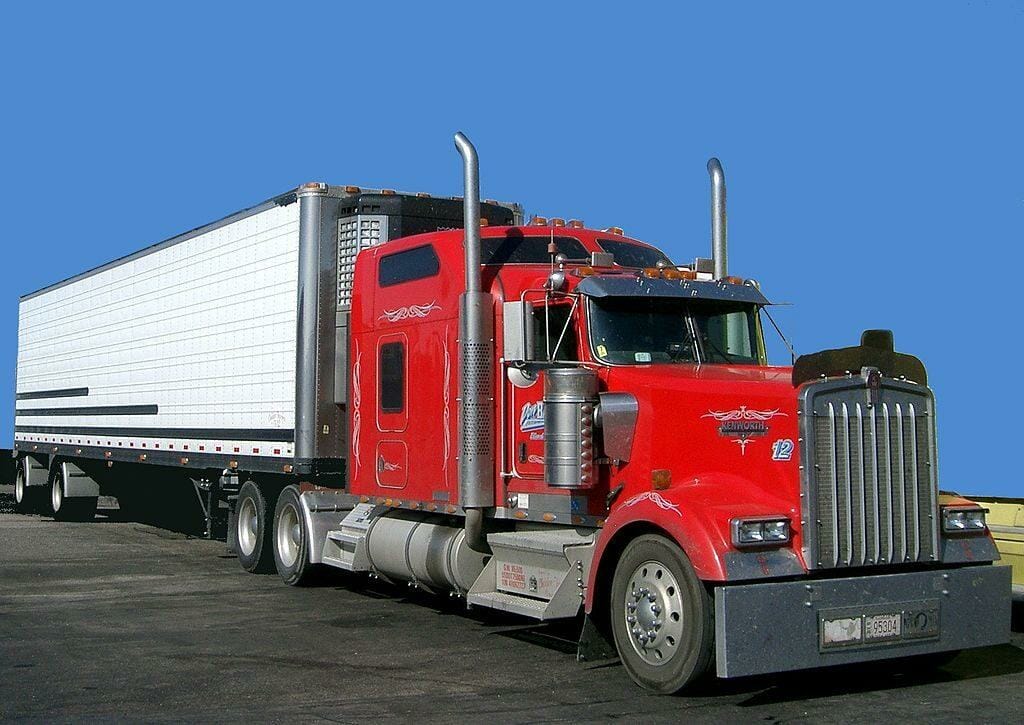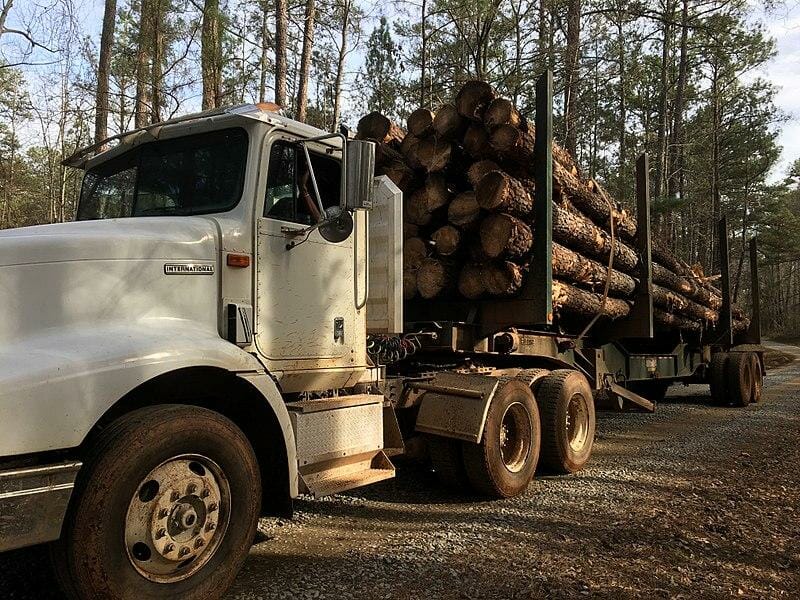We use words without paying much attention to them. For example, words “semi-truck” are used commonly, but how many people know what that means? What is “semi” about these machines? There are actually two possible explanations.
In US and some other countries semi-trucks are simply referred to as Semi’s. It is a name everyone understands and once you mention a semi-truck everyone has an image in their heads of an articulated vehicle, consisting of a tractor unit and a trailer. Actually, the trailer is part of the story why semi-trucks are called like that.
Semi-trucks are, most of the time, hauling semi-trailers. A simple trailer is a wheeled platform, which can stand on its own on its wheels without any support. Meanwhile semi-trailers only have wheels at one end of the platform. The other end relies on the chassis of the semi-truck for support when driving. It cannot stand by itself on its wheels – it needs extendable legs or some other type of support structure. Semi-trailers cannot be hauled by anything else – they need an appropriate semi-truck to move. Even if you took the most powerful agricultural tractor, you could not safely pull a semi-trailer, because the front of it doesn’t have wheels and needs a chassis to rest on when travelling.

But that is just a part of the explanation. Semi-truck is a combination of a semi-trailer and a tractor unit. Not that difficult to understand and it totally makes sense. But there is another explanation for where did this name come from.
The hitch mechanism at the back of the semi-truck is commonly called a “fifth wheel”. There are two most common types of fifth-wheels: semi-oscillating and fully-oscillating. Most semi-trucks feature a semi-oscillating hitch (turntable hitch or fifth wheel – whatever you want to call it). It means that the hitch mechanism is not entirely rigid – it tilts slightly from front to back. Imagine that the rear of the semi-trailer gets a little bouncy and starts moving up and down. The fifth-wheel will accommodate that movement, making the entire truck more stable. But if the trailer is tilting sideways, the semi-oscillating hitch will not move with it – a semi-oscillating hitch does not tilt from side to side. It is not usually a problem, though, because semi-trailers typically have enough flexibility in their chassis to absorb lateral movement without disturbing the balance of the tractor unit.

However, in some situations a fully-oscillating hitch has to be used. For example, in forestry semi-trucks. Because the terrain is so uneven, semi-trailers get rocked quite a lot. A fully-oscillating hitch tilts from side to side and thus allows for more movement in the trailer without disturbing the truck. This is also beneficial when the semi-trailer is very rigid (for example, when it is a tanker). However, fully-oscillating fifth-wheels are more complex, more expensive and typically unnecessary, which makes them pretty rare. That could be why semi-truck name stuck.
The reason why semi-trucks are called this name is probably combination of both of these theories. You should remember that a typical semi-truck is an articulated vehicle, consisting of a tractor unit and a semi-trailer, connected through a semi-oscillating hitch.




